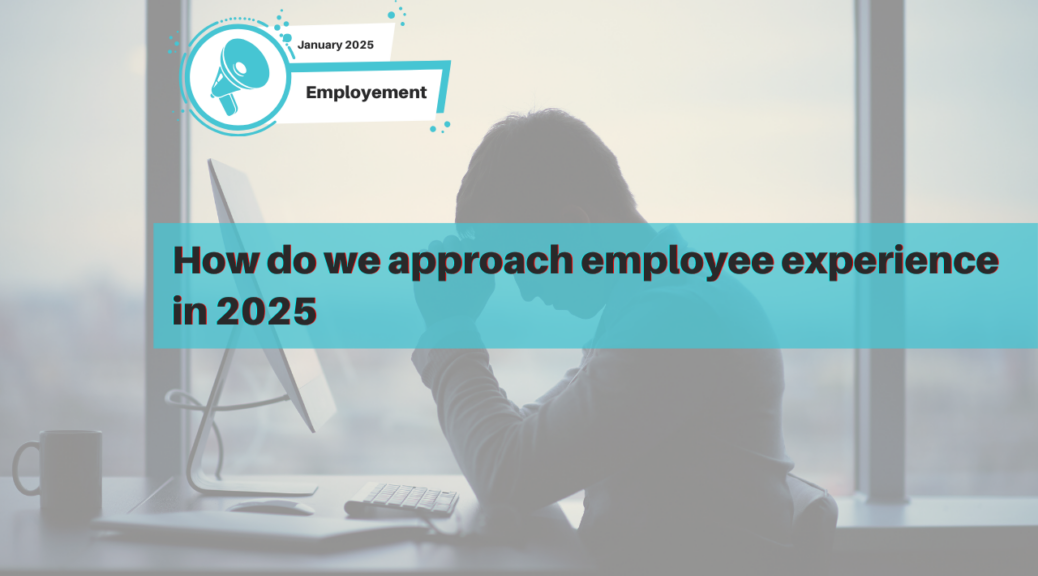5 Methods to Better Understand Your Competitors and Your Market
In an increasingly complex and fast-changing business environment, relying on a vague understanding of the competition is no longer enough. Staying competitive requires a deep understanding of your competitors—their strategies, strengths, weaknesses, intentions, and more.
A healthy dose of humility is essential: you need to ‘’read’’ your market objectively, which means recognizing that your competitors have different strengths, face different challenges and competitive pressures.
Here are five strategic approaches to sharpen your competitive insights:
1. The Transposed SWOT Analysis: Put Yourself in Your Competitor’s Shoes
A management classic, the SWOT analysis (Strengths, Weaknesses, Opportunities, Threats) is typically used to assess your own company. But applying it from your main competitor’s perspective turns it into a powerful strategic tool.
Step into your competitor’s shoes and consider:
- Strengths: strong brand recognition, operational performance, innovation, competitive advantages.
- Weaknesses: outdated tech, overreliance on one market, weak brand image.
- Opportunities: emerging trends, untapped markets, favorable regulatory changes.
- Threats: economic crises, new regulations, shifting consumer behavior.
The goal is to remain objective! A transposed SWOT analysis can help you anticipate your competitors’ next moves and adapt your own strategy to avoid being caught off guard.
2. Porter’s Five Forces: Understanding Industry Pressures
Michael Porter’s Five Forces framework deepens your market analysis by evaluating five essential dynamics:
- Rivalry among existing competitors: market saturation level, offer differentiation
- Threat of new entrants: market access, barriers to entering the market
- Suppliers’ bargaining power: dependence to suppliers and supplier concentration
- Customers’ bargaining power: Ease for customers to switch from one provider to another
- Threat of substitutes: Innovations or emerging alternatives
This tool helps you see your competitors within their ecosystem and understand how a seemingly strong player may actually be strategically vulnerable.
👉 Recommended reading: The Five Forces – Harvard Business School
3. Digital Competitive Intelligence: Continuous Monitoring
With the growing digitization of business, competitive intelligence has evolved. Today, there’s a wealth of publicly available data useful for strategic analysis:
- Website analysis, blogs, white papers, case studies
- Social media tracking: engagement, key messaging, ad campaigns
- Job postings: clues about future priorities
- Patent filings and publications
Several online tools are available to help in gathering information. An active watch will allow to anticipate product launches, any repositioning and new market entrances.
4. Active Market Listening: Stay Tuned to What’s Happening
Active listening is a powerful lever for insight:
- Talk to your clients: What do they think of your competitors? How do they perceive your strengths? What trends do they see emerging?
- Conduct client interviews or audits: Get an in-depth understanding of their expectations and perceptions
- Attend key trade shows and conferences: Speak with clients and competitors, listen to presentations
These kinds of interactions enrich your understanding and give you a more nuanced view of your competitive landscape.
5. Competitive Mapping: Visualize to Strategize
A strategic map helps you position your competitors based on two or three relevant factors (price, perceived quality, innovation, geographic coverage, etc.).
It allows you to:
- Identify strategic whitespaces (‘’blue oceans’’)
- Spot saturated areas (“red oceans”)
- Understand your competitors’ positioning axes
- Reassess your own market position
It’s also a valuable conversation-starter internally—ask your sales, customer service, or marketing teams for their perspectives.
👉 Recommended reading: Mapping Your Competitive Position – Harvard Business Review
Analyze to Act, Collaborate, or Pivot
Understanding your competitors isn’t just about beating them. It’s about learning, getting inspired, anticipating, partnering—and sometimes pivoting smartly.
When done well, competitive analysis becomes a strategic skill that supports multiple business functions: innovation, marketing, finance, HR, and even sustainability.
It should be ongoing, structured, and embedded across the organization. By investing in deeper market understanding, companies can implement more resilient, informed and bold strategies that are aligned with reality.

